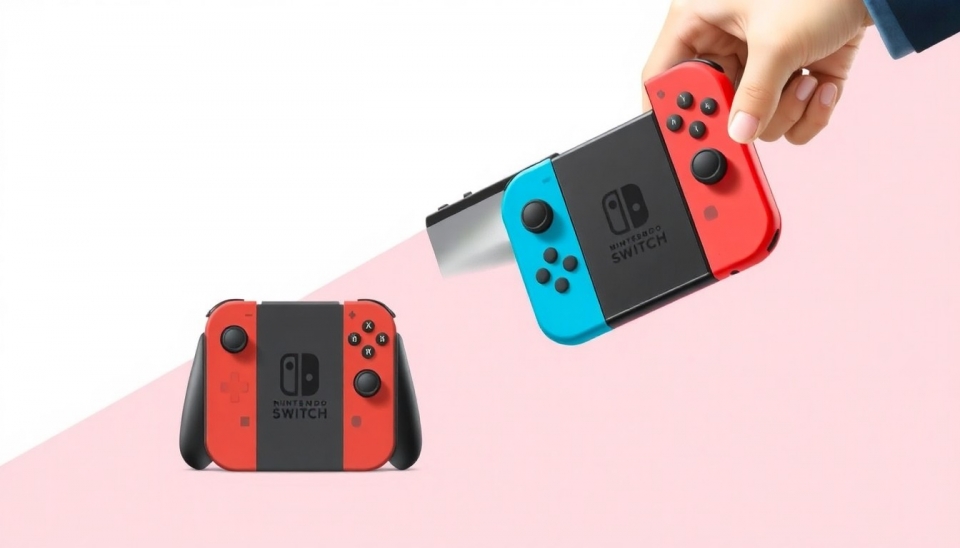
In an era where technological advancements dominate the gaming industry, video game console manufacturers are encountering significant challenges as they approach a performance ceiling. As consumers increasingly seek top-tier gaming experiences, companies are reassessing their development strategies to stay competitive in a saturated market.
Recent reports indicate that the latest generation of consoles, such as Sony's PlayStation 5 and Microsoft's Xbox Series X, are pushing the boundaries of processing power and graphic capabilities. However, despite boasting impressive specifications, both companies are feeling the pressure to deliver enhancements that may no longer be feasible without substantial advancements in technology.
Robust sales have characterized the pandemic-era boom, leading to high consumer expectations. Gamers expect more immersive experiences with superior graphics, faster loading times, and greater interactivity. This reality places immense pressure on console makers to innovate continuously and substantiate their positions in an increasingly competitive landscape fueled by cross-platform gaming and the rise of cloud gaming services.
One major issue faced by these manufacturers is the rising cost of components, which poses challenges for both production and pricing. The semiconductor shortage has also significantly affected the industry, complicating supply chains and limiting the availability of consoles. As a result, game developers are left grappling with how to maximize the current hardware to deliver the high-quality experiences gamers crave.
Moreover, gaming enthusiasts are showing growing interest in hybrid gaming models, which combine traditional console gaming with services that leverage cloud technology. This demand aims to reduce reliance on powerful hardware while providing enhanced accessibility. Console makers are now tasked with reconciling their established business models with the emerging trends that cloud gaming presents.
Amid these complexities, industry experts highlight the potential solutions on the horizon. Future upgrades might include modular console designs that allow for easy enhancements to individual components, thus extending the lifespan and performance capabilities of the systems. Additionally, advances in artificial intelligence and machine learning could drive new levels of optimization, allowing consoles to deliver superior performance without new hardware releases.
In conclusion, as video game console makers confront the inherent performance limitations of their latest systems, they must innovate rapidly to meet evolving gamer expectations. The intersection of new technologies with traditional gaming platforms could reshape the industry landscape in the coming years, paving the way for innovative solutions that satisfy consumers while also confronting the very real challenges posed by today's market dynamics.
#VideoGames #GamingIndustry #ConsoleGaming #TechInnovation #PlayStation #Xbox #CloudGaming #FutureOfGaming
Author: Emily Collins




